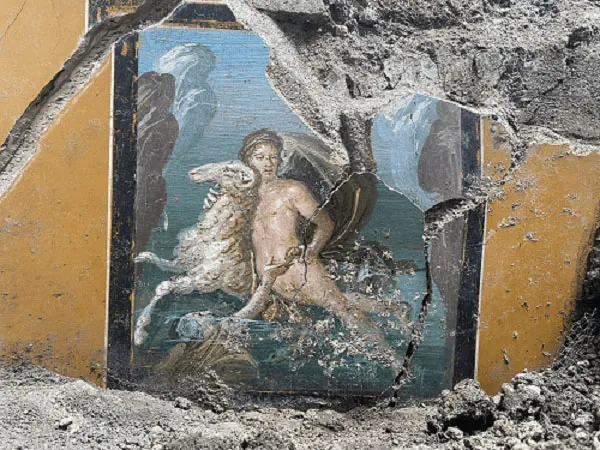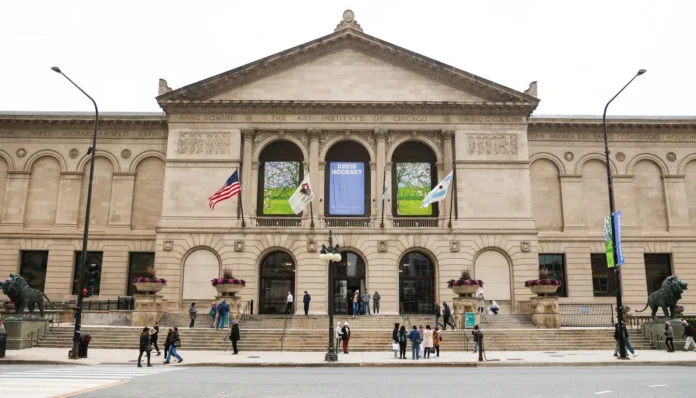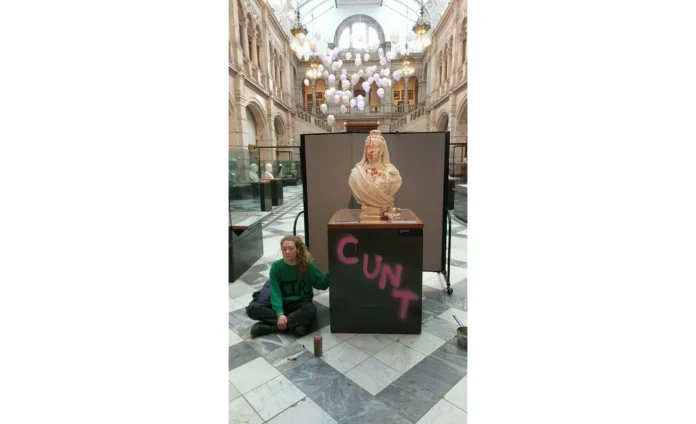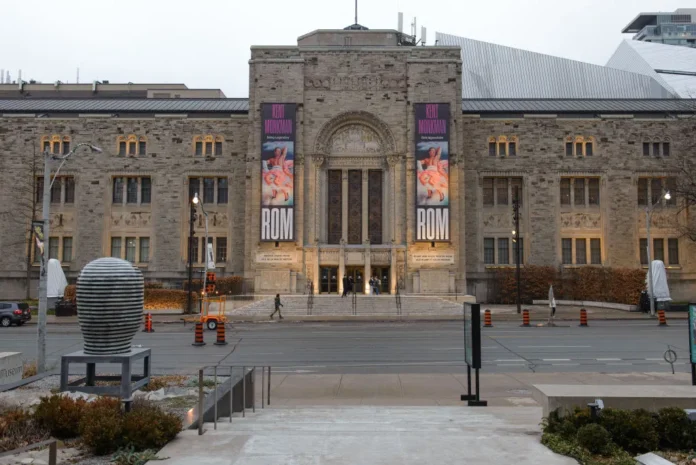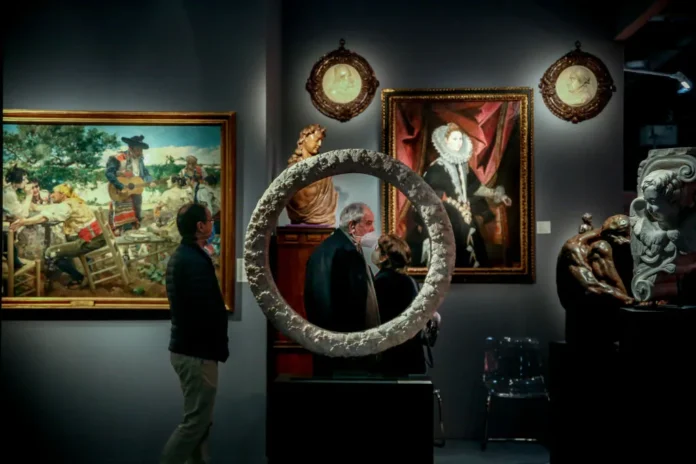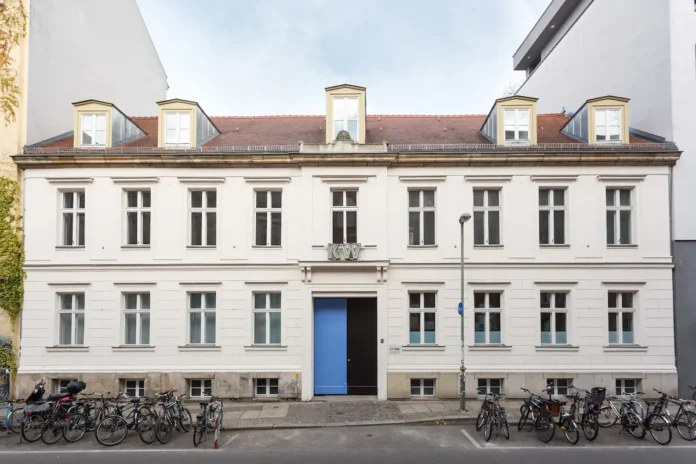Art museums have developed a reputation for inducing a particular kind of exhaustion. Navigating crowds in order to get a glimpse at masterpieces, feeling overstimulated in blockbuster shows, and standing on hard concrete floors leads to what is commonly called “museum fatigue.” Exacerbating matters is the fact that museums just don’t have enough comfortable seating. premium77
For an exhibition at moCa Cleveland, Brooklyn-based artist Finnegan Shannon has taken matters into their own hands, with a show that requires no walking and offers ample seating. After arriving via elevator, visitors are invited to sit on couches and chairs while a conveyor belt parades by them a rolling display of artworks by Shannon’s artist peers. The setup’s closest proxy is conveyor belt sushi—but this is a feast for the eyes, rather than the taste buds.
The soft seating feels decidedly more domestic than institutional; Shannon sourced the chairs and couches from local thrift stores. (They even found a small stool with a puzzle spelling out the first name of the show’s curator, Lauren Leving.) And Shannon tied it all together with some of their own homey touches, like embroidered pillows bearing fluorescent conveyor belts and cut-out cardboard letters on the wall spelling out phrases like DON’T MIND IF WE DO and WE BEING SILLY AND SERIOUS. Shannon further tends to their viewers’ bodies with DIY air purifiers made of duct tape and box fans that help alleviate Covid’s ongoing risk. premium77

The show encouraged visitors to slow down. On the wall, custom clocks told the day of the week rather than the hour of the day, as if asking, what’s the rush? It’s a show about promoting rest and alleviating museum fatigue, but more specifically, it is born of the disability justice movement. It’s aimed explicitly at questioning the ableist valuing of bodily exertion, as well as at the exclusionary assumptions museums make about bodies. Shannon considers the exhibition a fulfillment of their long-held “access fantasy.”
Among the most charming pieces making the rounds are Emilie L. Gossiaux’s 3D-printed sculptures depicting various body parts of her guide dog, London—including a paw and a tongue. Also from Gossiaux is a journal full of hand-drawn illustrations of the color-identification system she created for herself after going blind, in which she associates colors with memories and feelings: a crayon that Crayola calls “purple mountains’ majesty,” for instance, is renamed “homecoming dress purple 2003.” Other pieces on the belt are interactive: visitors can lift them off and return them at their leisure. A card game by Jeffrey Kasper offers prompts for two players to engage in exercises promoting risk and intimacy. A Selection of Snapshots Taken by Felix Felix Gonzalez-Torres reproduces endearing correspondences, cat photos, and figurines that the late artist arranged lovingly on his pillows.
For some photographs in the Gonzalez-Torres book, we see not the picture, but the description he wrote on the back: like HOME or MIAMI LANDSCAPE, 1995, SUMMER OF LOVE. These image descriptions are echoed in the audio description track Finnegan made for the show, accommodating blind and low-vision visitors. For Shannon, the access itself is often the artwork, and items like tissues and ear plugs (for those seeking a low-stimulus environment) both circulate on the conveyor belt and appear on the show’s checklist. As ever, Shannon takes great care with the details: the tissue box is in a fabric cozy in the shape of a house, the artist having removed the stairs that made its entrance inaccessible, and lovingly added lavender to the bushes. Here as elsewhere, Shannon approaches access, to quote organizer Kevin Gotkin, as “radical hospitality.”
Implied in all this is the unseen effort that disabled artists often exert when working on an exhibition to make it accessible to our communities. Instead of keeping that work behind the scenes, Shannon compellingly makes it the subject of their debut museum solo.




